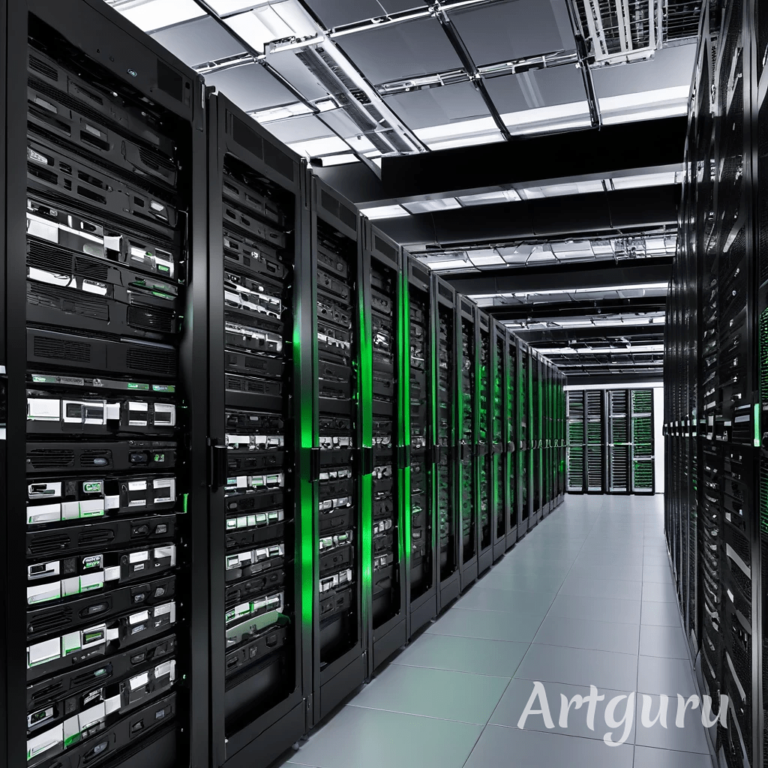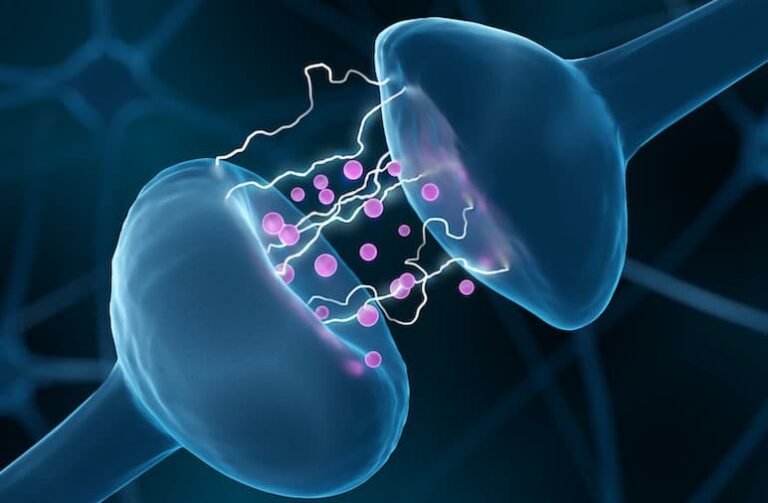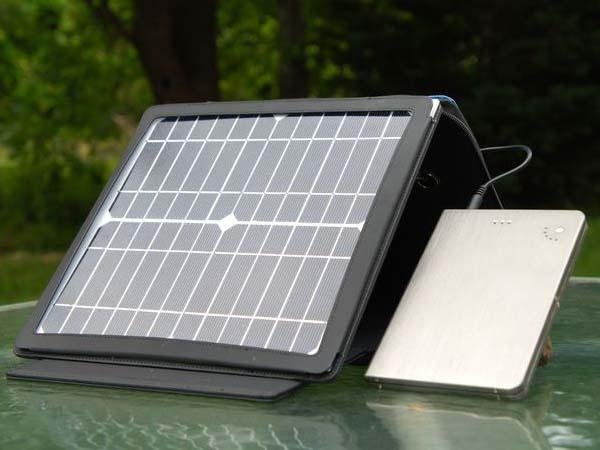what is the Energy Efficiency: Why It’s Crucial for Your Home and the Environment.

Understanding Energy Efficiency: Why It’s Crucial for Your Home and the Environment
In today’s world, energy efficiency isn’t just a buzzword – it’s an essential practice for homeowners who want to reduce costs, protect the environment, and improve their daily living experience.
What Is Energy Efficiency?
At its core, energy efficiency refers to using less energy to perform the same task. This can mean upgrading to appliances that use less electricity, improving insulation to reduce heat loss, or optimizing energy consumption through smart technologies. In simple terms, it’s about making smarter choices to minimize waste and reduce the overall demand for energy.
For example, switching from incandescent light bulbs to LED bulbs reduces the amount of energy needed to produce light by up to 80%. Small changes like these add up over time, resulting in significant savings and a healthier planet.
Why Energy Efficiency Matters ?
1- Saving Money on Energy Bills
One of the most immediate benefits of improving energy efficiency in your home is the potential for significant savings on your monthly utility bills. According to the U.S. Department of Energy, homeowners who implement energy-efficient practices can save up to 30% on their energy costs. The savings will vary depending on the changes you make, but even small adjustments—like sealing drafty windows or upgrading to energy-efficient appliances—can lead to noticeable reductions in your bills.
2- Reducing Environmental Impact
nergy efficiency is one of the most effective ways to reduce your carbon footprint. By using less energy, you’re contributing to lower greenhouse gas emissions, helping to slow climate change. Additionally, using renewable energy sources (like solar power) alongside energy-efficient practices further enhances the positive environmental impact. Every kilowatt-hour of energy saved is a step toward a greener planet.
3- Enhancing Home Comfort
Beyond financial savings and environmental benefits, energy efficiency also plays a major role in making your home more comfortable. Proper insulation, energy-efficient windows, and a smart thermostat can help maintain a consistent temperature throughout your home, reducing drafts, cold spots, and humidity. When your home is more energy-efficient, it’s easier to enjoy a comfortable living space year-round.
How to Improve Energy Efficiency in Your Home ?
Here are some actionable steps you can take today to make your home more energy-efficient:
1- Insulation and Sealing Gaps
The first step in improving your home’s energy efficiency is making sure it’s well-insulated. Insulation helps to keep the warm air in during the winter and cool air in during the summer. Pay attention to common areas where heat loss occurs, such as attic spaces, walls, windows, and doors. Sealing any gaps or cracks can significantly reduce your heating and cooling costs.
2- Upgrade to Energy-Efficient Appliances
Older appliances tend to use more energy. Replacing outdated models with energy-efficient options can have a big impact on your home’s energy consumption. Look for products with an Energy Star rating, which indicates that the appliance meets strict energy efficiency guidelines. Common household appliances that can be upgraded include refrigerators, dishwashers, washing machines, and water heaters.
3- Use Smart Thermostats
Smart thermostats are a game-changer when it comes to controlling energy use in your home. These devices learn your habits and adjust the temperature based on when you’re home or away, helping to reduce energy waste. Some models even allow you to control your thermostat remotely using your smartphone, so you can ensure your home is always at the perfect temperature when you need it.

4- Switch to LED Lighting
LED lights use a fraction of the energy consumed by traditional incandescent bulbs. They also last much longer, making them a win-win for both your energy bills and your wallet. By replacing all your home’s lights with LED bulbs, you can save hundreds of dollars over the course of a year.
5- Consider Renewable Energy Sources
Incorporating renewable energy into your home, such as solar panels, is a powerful way to increase energy efficiency. While the initial cost of installation can be high, tax incentives and rebates can make it more affordable. Over time, solar panels can provide free electricity and dramatically reduce your reliance on traditional utility sources.
Energy-Efficient Technologies to Watch For
There are numerous emerging technologies that can help you make your home even more energy-efficient. Here are some worth exploring:
- Smart Plugs: These allow you to turn off appliances remotely or automatically when they’re not in use, preventing wasted energy.
- Energy-Efficient Windows: Special coatings and materials can help keep your home’s temperature regulated without overworking your heating or cooling systems.
- Home Energy Management Systems: These systems monitor your energy use and give you detailed insights into how you can reduce consumption, giving you the power to make smarter energy decisions.
Conclusion
Making your home energy-efficient is one of the best ways to reduce your environmental impact while saving money on utility bills. Whether you choose to start with small changes like switching to LED bulbs or go bigger with home insulation and renewable energy sources, every step you take contributes to a more sustainable future. Begin today and enjoy the rewards of a more energy-efficient home—both financially and environmentally.
Used:
- Keywords: “energy efficiency tips,” “improve energy efficiency,” “energy-efficient appliances,” “energy-saving strategies”
- Meta description: Learn how to improve your home’s energy efficiency and start saving money on your utility bills. Discover tips, tools, and technologies for a greener, more comfortable home.
- Internal linking: Link to related blog posts or pages on your website (such as energy-saving products or guides).
- Alt text for images: “energy-efficient appliances,” “home insulation,” “smart thermostat for energy savings”











